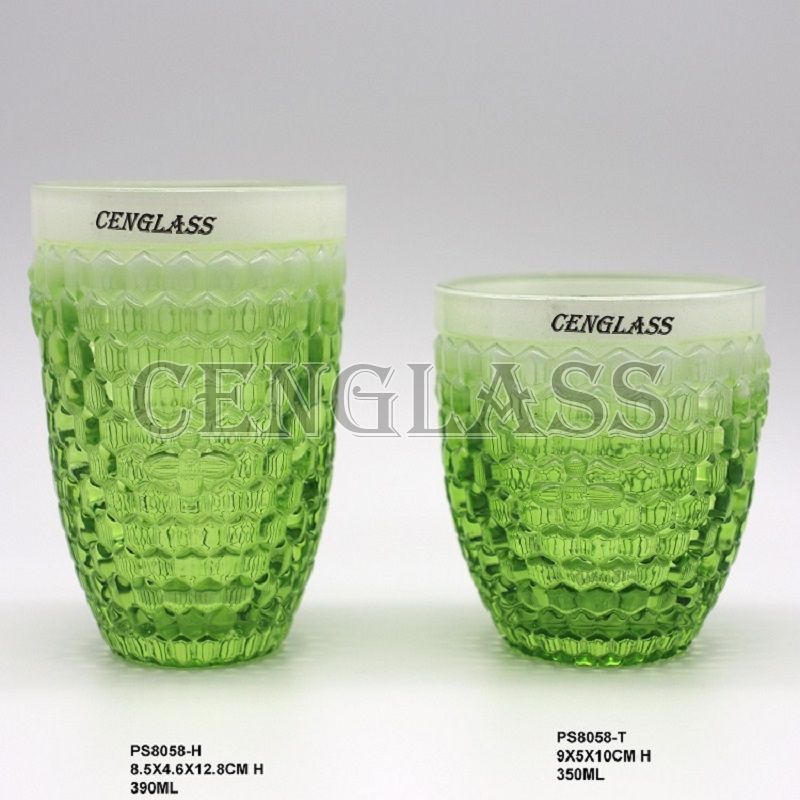Colored drinking glasses have become increasingly popular in recent years, with many people using them as a way to add a pop of color to their table settings or bar carts. However, some people have concerns about the safety of colored drinking glasses, particularly when it comes to the potential for harmful chemicals leaching into their drinks. So, are colored drinking glasses safe for everyday use?
The answer to this question is not a straightforward one. The safety of colored drinking glasses depends on a variety of factors, including the materials used to make the glasses, the manufacturing process, and the specific colors used.
One concern that some people have with colored drinking glasses is the potential for lead or cadmium to leach into their drinks. Both lead and cadmium are toxic heavy metals that can cause serious health problems if ingested in large amounts. However, it's important to note that the use of lead and cadmium in the manufacturing of glassware is heavily regulated in many countries, including the United States and the European Union.
In the United States, for example, the Food and Drug Administration (FDA) sets limits on the amount of lead and cadmium that can be present in glassware intended for food use. The limits vary depending on the type of glassware and the specific use, but in general, the limits are very low and are unlikely to pose a significant risk to human health.

Another potential concern with colored drinking glasses is the use of certain types of dyes or pigments to create the color. Some dyes or pigments may contain harmful chemicals that can leach into the drink over time. However, it's important to note that the use of these types of dyes or pigments is also regulated in many countries.
In the United States, for example, the FDA has established a list of color additives that are approved for use in food and drink products. This list includes many of the dyes and pigments commonly used in the manufacturing of colored drinking glasses. The FDA also sets limits on the amount of these color additives that can be used in food and drink products, to ensure that they are safe for human consumption.
It's also worth noting that some types of colored drinking glasses may be more prone to leaching than others. For example, glasses that are heavily etched or have a textured surface may be more likely to trap dirt or bacteria, which can increase the likelihood of leaching. Similarly, glasses that are scratched or damaged may be more likely to leach harmful chemicals.
So, what can you do to ensure that your colored drinking glasses are safe for everyday use? One option is to look for glasses that are labeled as lead-free or cadmium-free. While this doesn't guarantee that the glasses are completely free of these metals, it does suggest that they have been manufactured with a focus on safety.
Another option is to look for glasses that are made from natural materials, such as colored glass made from recycled glass or colored ceramic cups. These materials are less likely to contain harmful chemicals than glasses that are made with synthetic materials or that have been heavily treated with dyes or pigments.
In conclusion, colored drinking glasses can be a fun and stylish addition to your table setting or bar cart, but it's important to consider their safety before using them for everyday use. While the use of lead and cadmium in OEM glassware is heavily regulated in many countries, it's still important to look for glasses that are labeled as lead-free or cadmium-free, or that are made from natural materials. By taking these steps, you can ensure that your colored drinking glasses are safe and enjoyable to use for years to come.
Copyright:@2020-2021
Comments Please sign in or sign up to post.
0
0 of 500 characters used